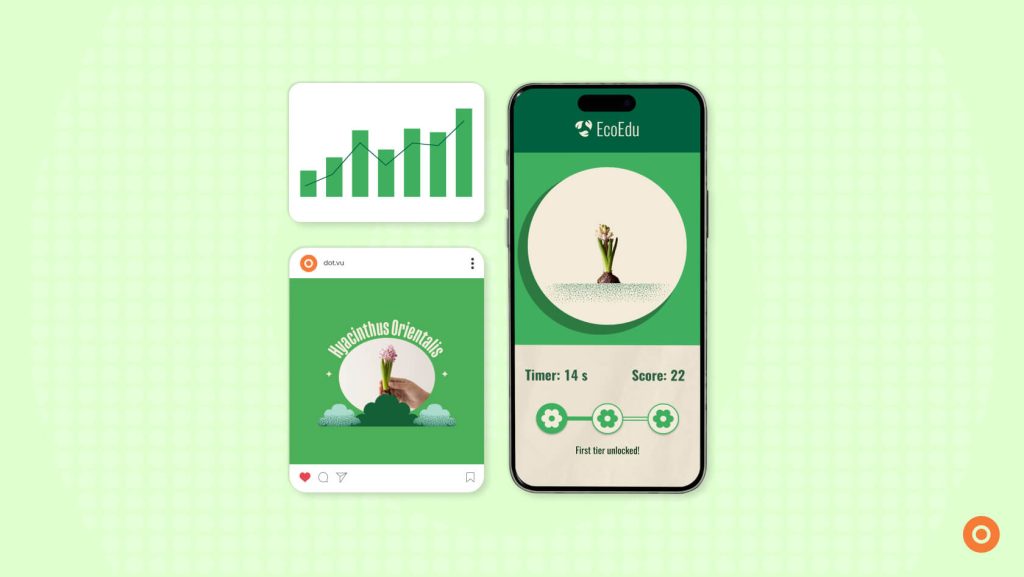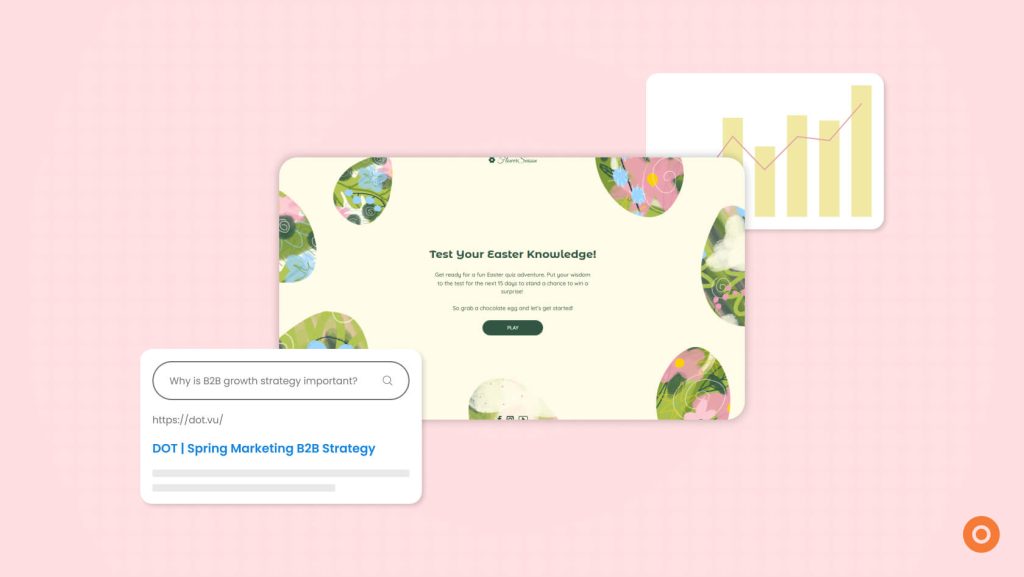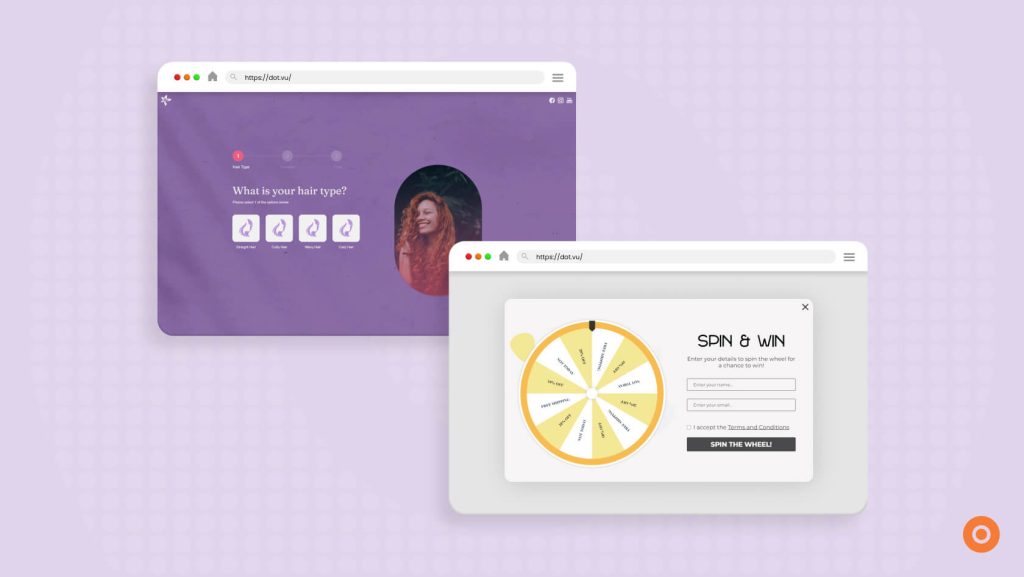
Having a b2b brand awareness strategy is crucial right now because everything in the B2B marketing world is getting very crowded, which means more competition, more noise, and more pressure to deliver results yesterday.
Amid all that hustle, a lot of B2B marketers are laser-focused on lead generation and closing deals. And hey, we get it. Revenue matters. But there’s a step that often gets skipped and it could be the very thing that helps you close those deals faster: a smart B2B brand awareness strategy.
Yep, brand awareness isn’t just for the big-budget B2C giants. For B2B companies, it can shorten the sales cycle, build trust before sales even says hello, and boost conversion rates later on.
Quick heads up!
We recently put together a page with some of our most useful resources—all in one place. It’s a mix of tools, templates, and content we’ve found ourselves sharing a lot lately, so we figured: why not make it easier for everyone?
If you’re looking for something practical or just want to browse, you can check it out here!
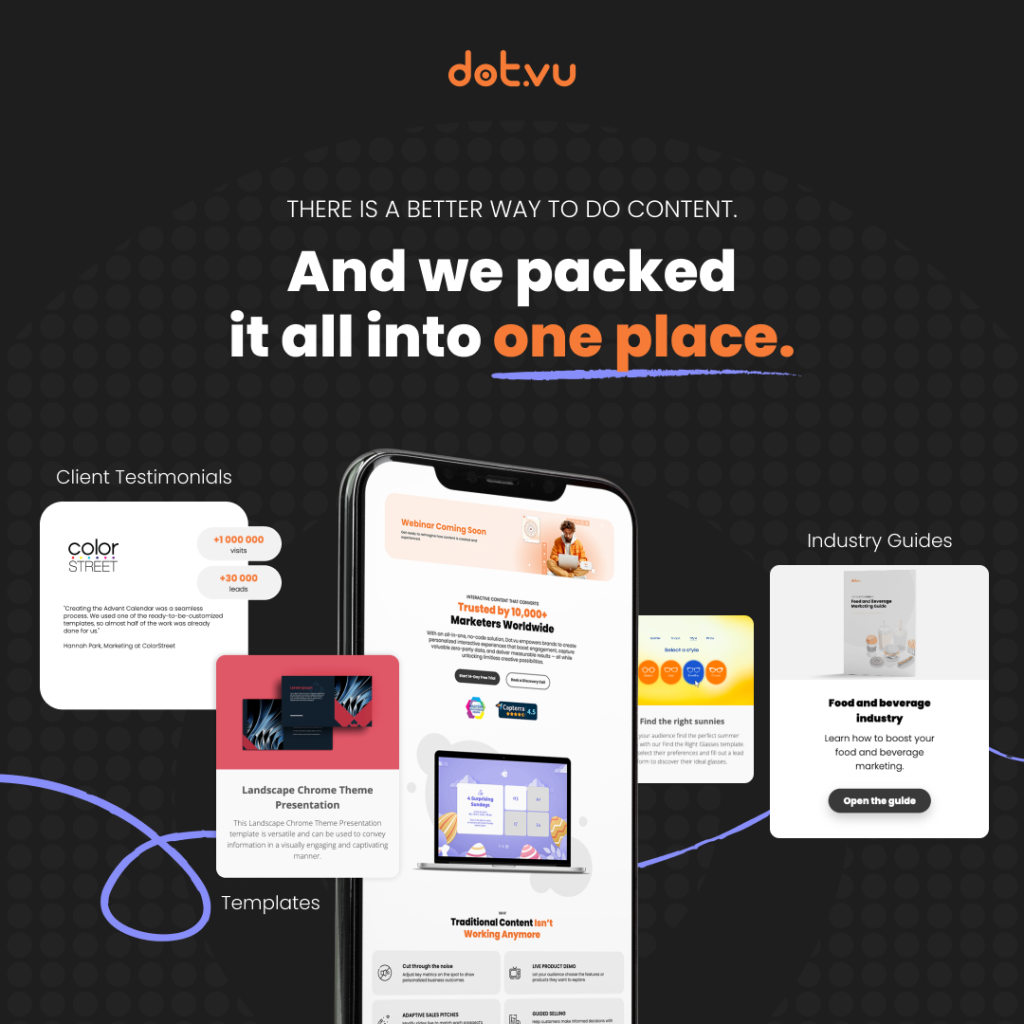
Table of Content:
Why Is Brand Awareness Important?
A solid brand awareness foundation does more than just make you recognizable. It sets the stage for trust, credibility, and long-term growth. And if you’re wondering whether it’s really worth the effort? Let these numbers do the talking:
- 46% of consumers say they’d pay more to purchase from brands they trust.
- Brands with consistent presentation see up to a 33% increase in revenue.
- It takes 5-7 impressions for people to even remember your brand.
Bottom line: If you’re not actively working to increase brand awareness, you’re missing out on major opportunities.
So, what does a modern, effective B2B brand awareness strategy look like? And where does Interactive Content come in?
Let’s break it down.
Understanding Today’s B2B Buyer
Before we go into tactics and tools, let’s talk about your audience. Because B2B buyers today? They’re not waiting around for your sales rep to show up with a pitch.
The Age of Self-Serve Research
Modern B2B buyers do a lot of research on their own before they ever fill out a form or take a call. They’re reading reviews, watching videos, and digging into content that helps them understand their problem and explore potential solutions.
Here’s a stat that might surprise you: 83% of a B2B purchase decision happens before a buyer engages with a sales rep. Wild, right?
Expectations Are Higher Than Ever
Buyers aren’t just researching more; they expect that content to be good. Engaging. Interactive. Personalized. Static PDFs and endless blog posts just aren’t cutting it anymore.
And here’s the kicker: Interactive Content gets 52.6% more engagement than static content.
That’s where Interactive Content shines.
Things like:
- Product demos they can explore at their own pace
- Assessments that help them identify pain points or needs
- Calculators to quantify ROI
- Interactive Infographics that explain complex ideas visually
These aren’t just bells and whistles. They’re exactly the kind of tools today’s B2B buyer wants.
Related: Why Static Content Isn’t Enough Anymore (and What to Do Instead)
Building a Winning B2B Brand Awareness Strategy
Now that we know what buyers expect, let’s talk strategy. A solid B2B brand awareness strategy is more than just “getting your name out there.”
It’s about delivering the right experience, to the right people, at the right time.
Here are the three pillars to focus on:
1. Personalization: Speak Directly to Their World
No one likes one-size-fits-all content. If you’re selling to tech companies, manufacturers, and financial services, they each need messaging that speaks to their world.
Interactive Content makes this easier. You can build:
- Industry-specific quizzes
- Role-based product tours
- Custom landing pages with tailored messaging
This kind of personalization helps you build brand awareness and trust. It shows you get them.
2. Engagement: Go Beyond Passive Content
Passive content = forgettable content.
If your brand awareness tactics are still relying on static whitepapers and newsletters alone, it’s time for an upgrade. Interactive Content demands participation, which means your audience is actually paying attention.
Try:
- Interactive eBooks with clickable chapters
- Video quizzes embedded into case studies
- Drag-and-drop interfaces for solution finders
Did you know? Interactive content generates 2x more conversions than passive content.
When people engage, they remember. That’s how you build brand awareness that sticks. We’ve been seeing more and more brands shift toward interactive websites and honestly, it makes sense. They’re way more engaging and leave a stronger impression. Here’s a post we wrote that breaks it all down.
3. Education: Teach, Don’t Just Tell
Modern B2B buyers don’t want a pitch. They want answers.
Use interactive formats to teach them something valuable. That could mean:
- ROI calculators that break down financial impact
- Assessments that reveal knowledge gaps
- Guided tours that explain product features in context
These solutions help you increase brand awareness and position your brand as a helpful expert.
Here’s 5 Types of Brand Awareness you might not know yet!
Interactive Content That Drives Awareness
So, what exactly does Interactive Content look like in action? Let’s break it down by use case and some real-world examples.
Product Demo (Great for Tech & SaaS)
Instead of asking someone to book a demo, let them take one.
An interactive product demo gives users a guided experience of your platform or tool, on their own time. It’s especially powerful in tech, where buyers need to see how it works before they commit.
Benefits:
- Shows value instantly
- Low-friction engagement
- Captures intent data
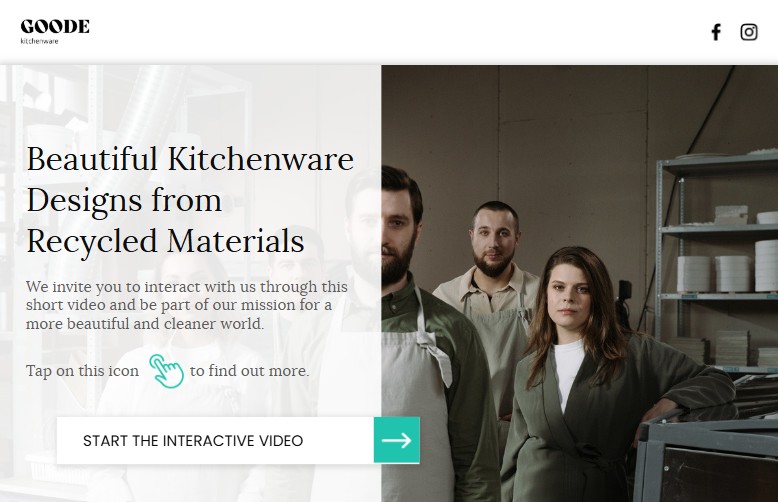
Want some examples of product videos? Read this!
Assessment (Great for Consulting, HR, Healthcare)
Want to give buyers insight about themselves? Build an assessment that diagnoses a challenge or scores their readiness.
For example: “How Mature Is Your Employee Onboarding Process?” or “Is Your Cybersecurity Stack Holding You Back?”
Benefits:
- Delivers personalized results
- Starts a helpful conversation
- Collects detailed profile info
C2IT, a Danish IT service provider, created an Interactive Assessment to help potential clients evaluate whether outsourcing their IT infrastructure made sense for them. The test encouraged users to reflect on their current setup and needs.
Once completed, participants received customized recommendations based on their answers. Behind the scenes, it was also connected to automated email flows, which delivered the results to users and notified C2IT’s sales team with key insights about those leads.
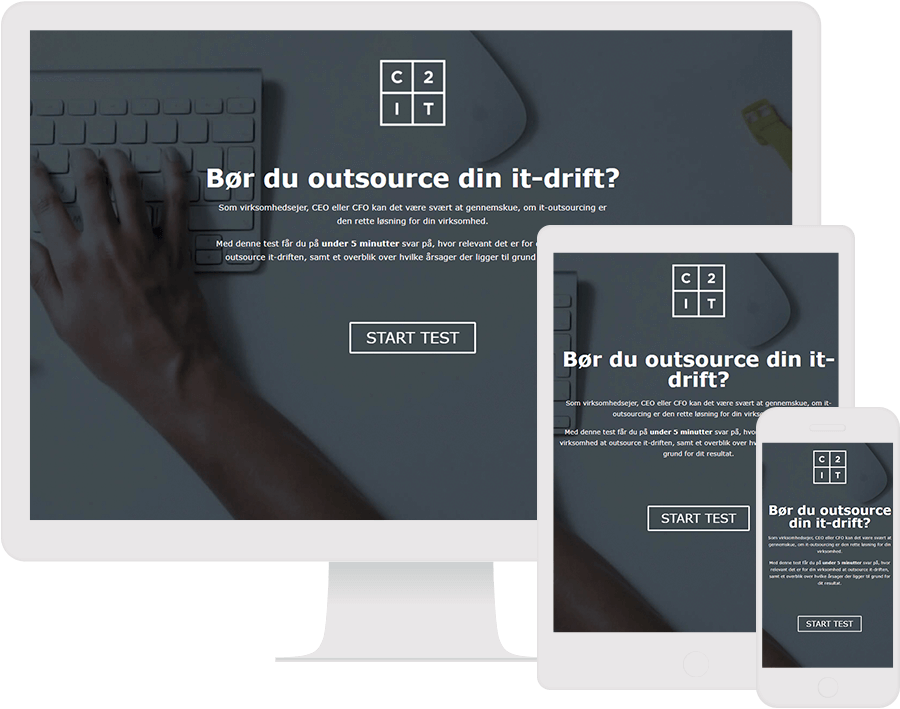
Interactive Infographic (Great for Finance, Logistics, B2B Services)
Have a complex concept to explain? Interactive infographics turn dry data into engaging experiences.
Instead of scrolling through a wall of stats, readers click through animated visuals, hover over tooltips, and see dynamic changes based on input.
Benefits:
- Simplifies the complicated
- Encourages curiosity
- Encourages repeat visits
MNP, a leading Canadian accounting and consulting firm, wanted to help their audience better understand the growing issue of consumer debt and the fear surrounding rate hikes. To do that, they created an Interactive Infographic that engaged and educated.
The animated infographic was packed with insights and data about the Canadian debt landscape. It was designed to:
- Engage users with a dynamic and visual format
- Educate them on market conditions and trends
- Strengthen MNP’s brand image as a trusted expert
At the end of the experience, users were invited to book a free consultation, turning a piece of educational content into a conversion opportunity. The result? A highly effective campaign that delivered value to users and visibility to MNP.
This is what happens when Interactive Content meets strategy.
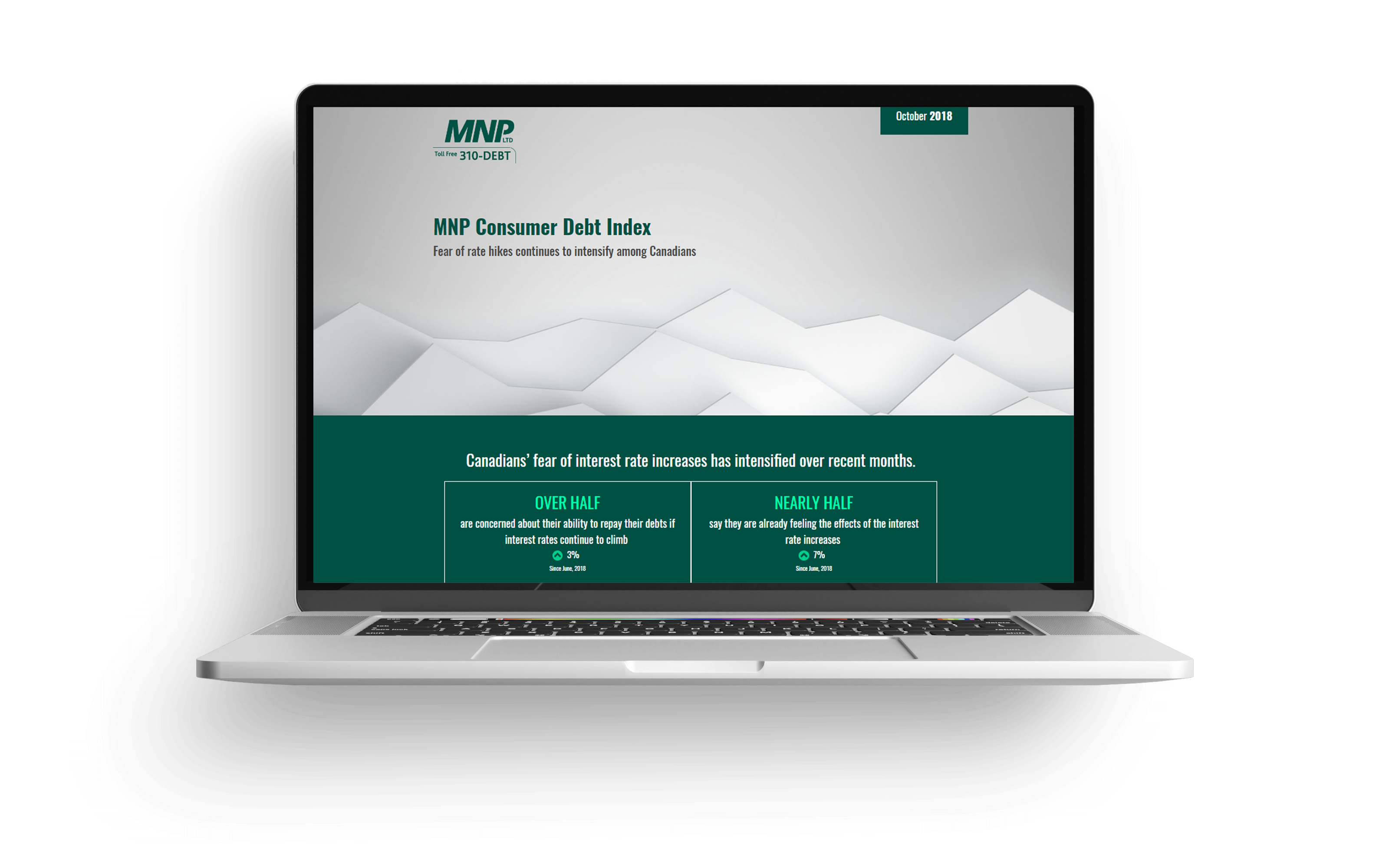
Calculators (Great for Insurance, Real Estate, Manufacturing)
Price matters. And so does ROI.
Give users an Interactive Calculator that lets them punch in their own numbers and see instant results. Calculators bring relevance to users whether it’s cost savings or revenue potential.
Benefits:
- Puts data in context
- Builds credibility
- Increases time on site
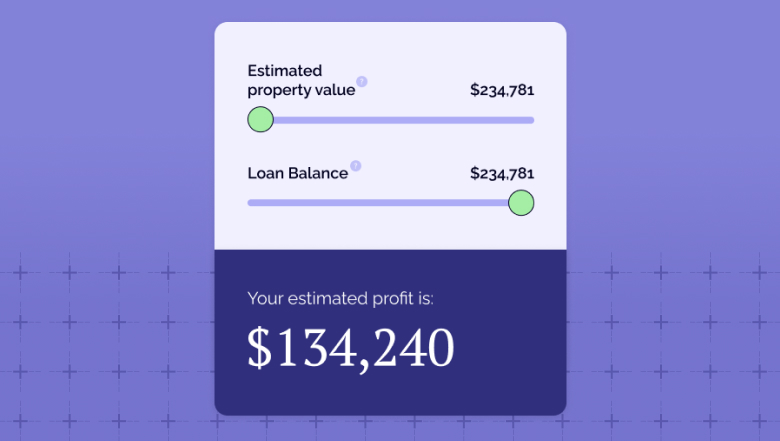
Don’t miss out on using Interactive Content for higher ROI!
Interactive Flipbooks (Great for Manufacturing, Retail, Equipment Sales)
If you sell multiple products or complex configurations, static PDFs are not the move.
An Interactive Flipbook lets buyers filter, explore, and even simulate configurations.
Benefits:
- Improves UX
- Helps buyers self-navigate
- Increases qualified interest

Here’s 15 easy flipbook ideas to skyrocket engagement.
Rethinking Brand Awareness: The Takeaway
Let’s zoom out.
If your B2B brand awareness strategy is mostly about blog posts and banner ads, you’re likely missing out on the kind of engagement today’s buyers actually want.
Interactive Content is a smart, strategic response to the way modern buyers behave. It helps you:
- Capture attention early
- Educate without pitching
- Build trust through value
And yes, it helps you increase brand awareness in a way that’s measurable, memorable, and scalable.
Want to see it in action?
If you’re ready to turn your static content into something scroll-stopping, tap-worthy, and trust-building… we’ve got you!
Explore over 300+ Interactive Content templates and solutions built for B2B marketers like you. Let’s build a brand awareness experience your buyers will actually remember.

